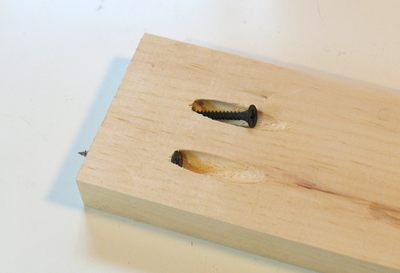After prep, it's Primer step time!
I’ve read different advice about what primer to use and how
many coats to do – we ended up using the Benjamin Moore Advanced primer (thanks
coupon for making this more affordable!), but I’ve heard that many use Kilz as
well. We did just one coat of primer and
then two+ coats of paint, some areas like the cabinet door detailing and the
big flat sides needing a third coat than others. I think next time I would do two coats of
primer first, then two coats of paint. Maybe
I’ll try that in the bathroom upstairs…
Materials:
- Primer paint
- 2.5 in angled brush
- 3 or 4 in foam roller
- 1 in angled brush (best for those grooves, or a 1 in foam roller could work, if they make those)
- paint tray
Steps:
- Mix up the primer, either with the stick they provide, or by swinging it around so you hear the paint moving in the can like I do, then pour out into your trays
- Using a brush, cut into the corners of the backs of the doors, then roll the flat surfaces.
- If you have two people you can have one person doing all the cutting and one person rolling, but if solo, i'm sure there are debates on whether it's better to do all of the corners then all of the rolling, or do corners and then rolling for the first door then move on to repeat on all the other doors. I like to finish with the brush, then use the roller
- Paint the back of the doors, then the cabinet bases, and then check the backs to see if they're dry (if not, go have some iced coffee and watch a tv episode), once dry flip so the front is up and paint the front
- Watch out for drips! Smooth those suckers out as soon as you see them, and go back around with a brush to catch any you didn't notice. The fronts of our doors have a deep inset and drips or puddles liked to form on the edges of those. Also watch out for drips on the sides over onto the front. All this means: take your time!
- One coat of primer on everything with just me working took about 5 hours
- Allow everything to dry overnight.
Then, like I said I would suggest doing a second coat of primer on everything if I were to do this again. We, wanting to get this done, went straight to paint time, which I think meant the whole thing took longer (plus the wrist/thumb sprain, plus going out of town for the weekend, etc added time too).
The worst part is living with a barely functioning kitchen, which is why it's great to do this in the summer when a) I'm off work (teacher bonus), and b) you can grill everything, but remember, that humidity does make paint take longer to dry.
On to Painting...
On to Painting...










































